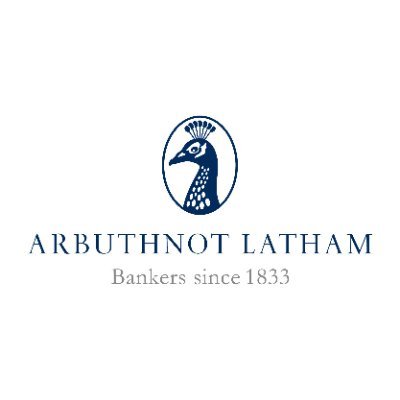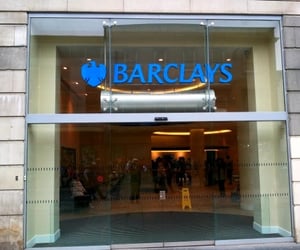The core of any successful, long-term business lies in offering clients the products they want so that they give you more business and, in turn, you attract new customers. The 2024 results show how Arbuthnot Banking Group (LON:ARBB) has achieved this, with growth in i) specialist lending (now £828m, 35% of loans up 33% in 2023, 27% in 2022 and 21% in 2021), ii) deposit volumes (+10%), and iii) wealth management (FUMA +30%). 1,200 new banking clients were onboarded in 2024. Short-term profits reflected that ABG had optimised returns in a rising rate environment (2023 PBT £47.1m vs. £4.6m in 2021) but faced the predicted margin pressures when they started to fall (2024 PBT £35m).
- Financial highlights: PBT £35.1m (2023: £47.1m). Op income £179.5m (2023: £178.9m). Average net margin 5.1% (2023: 5.7%). EPS 152.3p (2023: 222.8p). Final dividend p/sh 29p (2023: 27p), total dividend p/sh 69p (2023: 46p), up 50%. Net assets £267m (2023: £252m). CET1 ratio 13.2% (2023: 13.0%).
- Operating highlights: Customer deposits +10% to £4.1bn (2023: £3.8bn) and loans +2% to £2.4bn (2023: £2.3bn). ABG maintained tighter credit appetite during the year. Each specialist lending division saw growth in operating income. FUMA +30% to £2.2bn (2023: £1.7bn), with inflows 28% of opening FUMA.
- Valuation: Our multiple approaches see a broad range of valuations: £12.73 DDM, £20.95 SOTP and £24.29 GGM. The average is £19.32, nearly double the current share price. Trading at 52% of NAV is anomalous, in our view, with above the cost of capital returns (target: mid-teens pre-tax ROCE), and given ABG’s growth potential.
- Risks: Margins have fallen from peak, with the trend, and level, of interest rates a key driver to future earnings. A higher-for-longer outlook would be beneficial. Credit is a risk, but Arbuthnot Banking Group is conservative in lending, taking good security; so, its loss, given default, is low. Other risks: reputation, regulation and compliance.
- Investment summary: Arbuthnot Banking Group offers strong-franchise and continuing-business (normalised) profit growth. Its balance sheet strength gives it a number of wide-ranging options to develop organic and inorganic opportunities. The latter are likely to increase in uncertain times. Management has been innovative, but also very conservative, in managing risk. Having a profitable, well-funded, well-capitalised and strongly growing bank priced below book value is an anomaly, in our view.







































